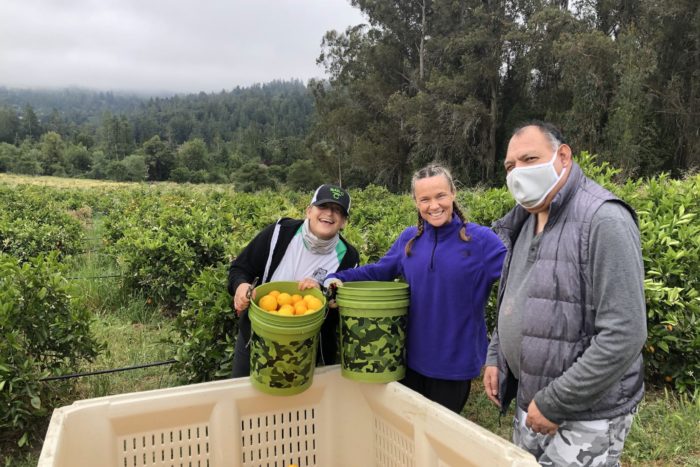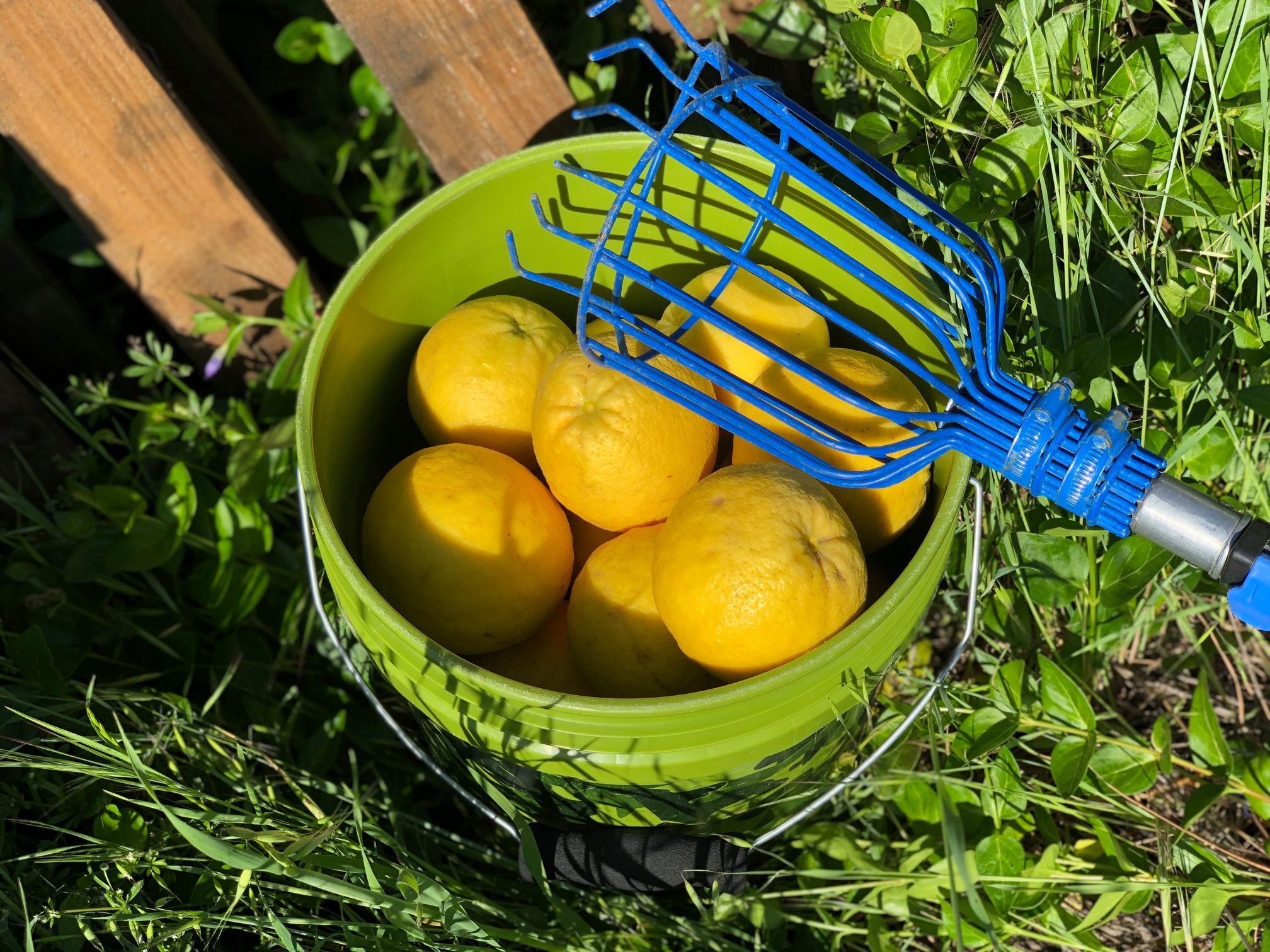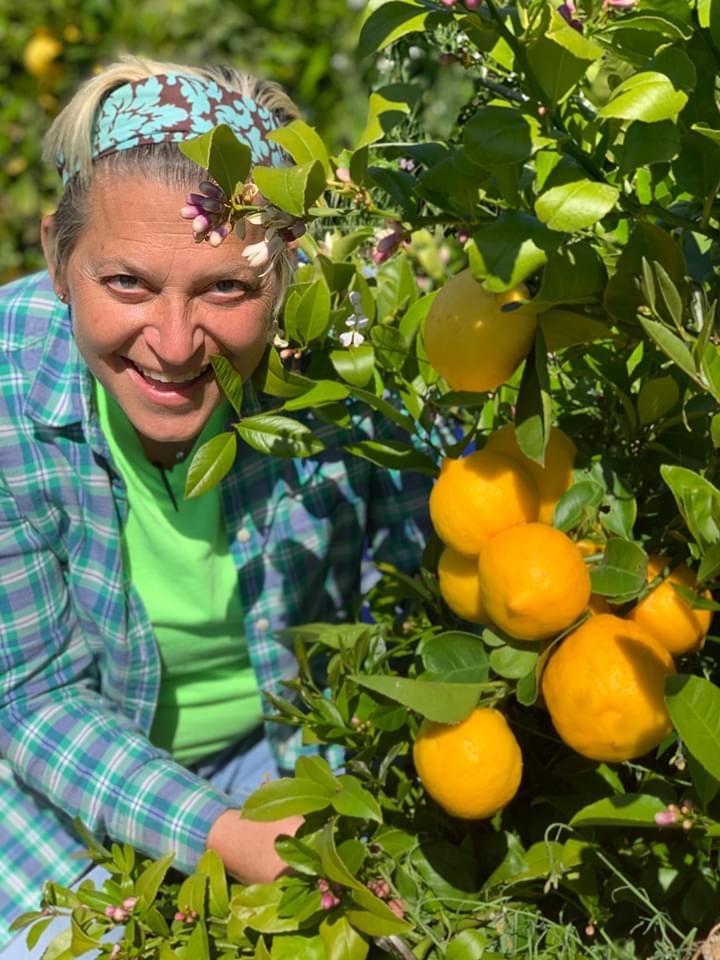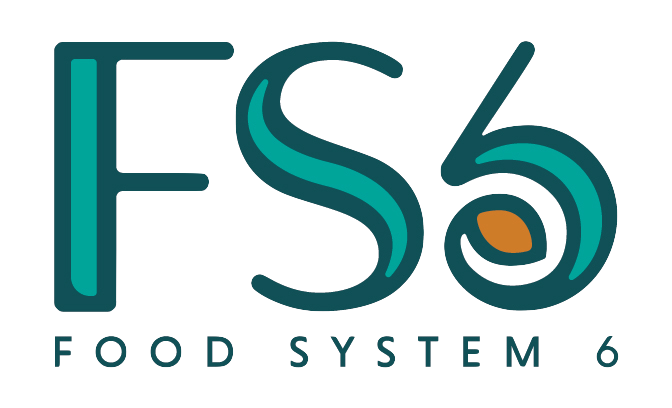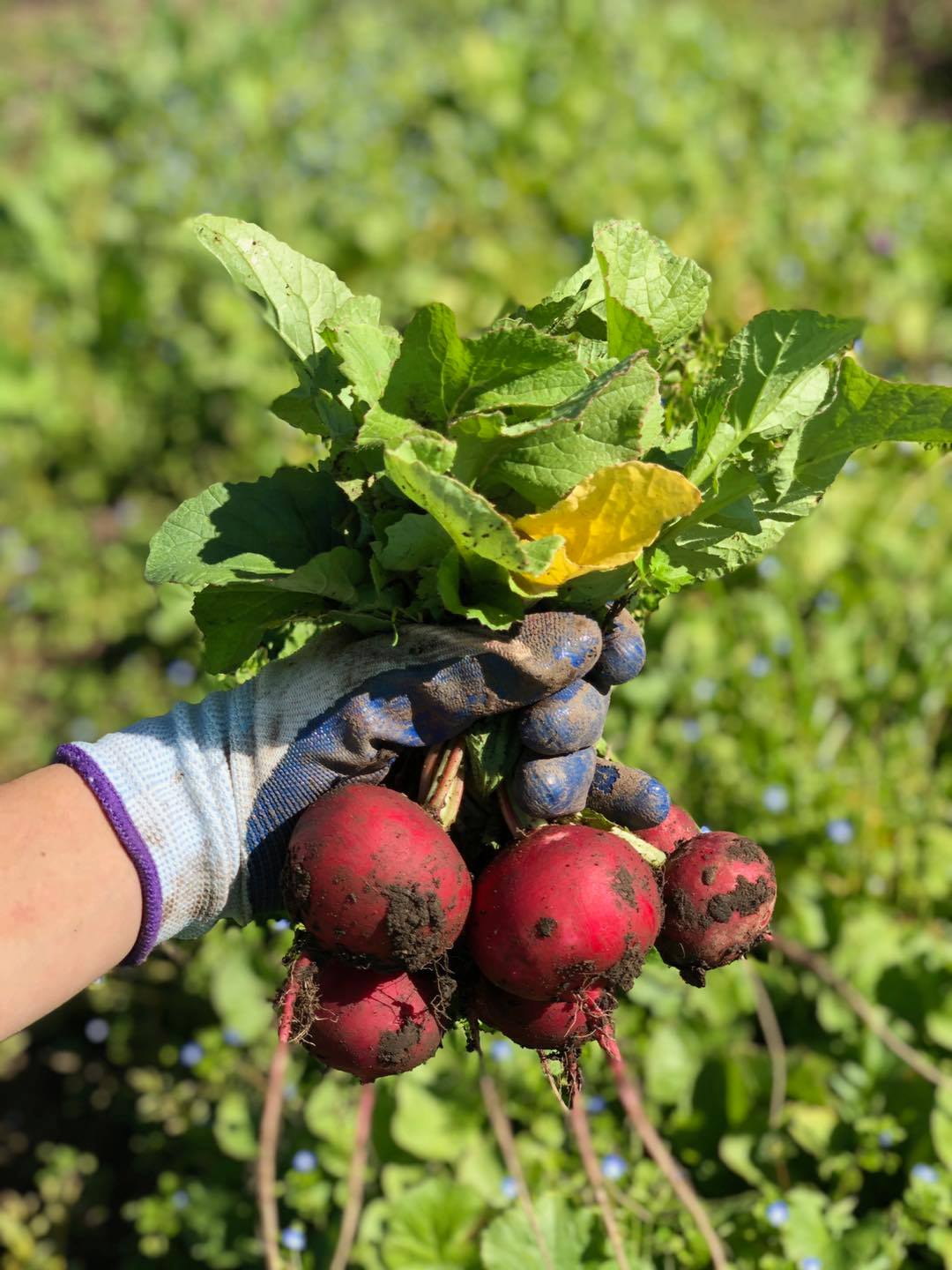
Farm to Pantry is a gleaning nonprofit, which may introduce a new word to some of us. Gleaning is an age-old practice of collecting leftover crops from fields after harvest and then delivering them to those in need. FTP, founded in 2008 in Sonoma County, California, has around 300 volunteer gleaners working more than 250 properties and distributing the nutritious bounty to 85 partner agencies and community organizations. In 2020, they rescued over 200,000 pounds of produce and this year they have already rescued over 172,000 pounds. They are helping the many families struggling with food scarcity while also keeping rotting food out of landfills (40% of our food ends up there) where it contributes to 10% of greenhouse gas emissions. Executive Director Duskie Estes has an extensive background in ethical sourcing as well as advocacy for small farmers, and her passion for food and food justice is both inspiring and necessary for a more equitable future. —Jane Ratcliffe
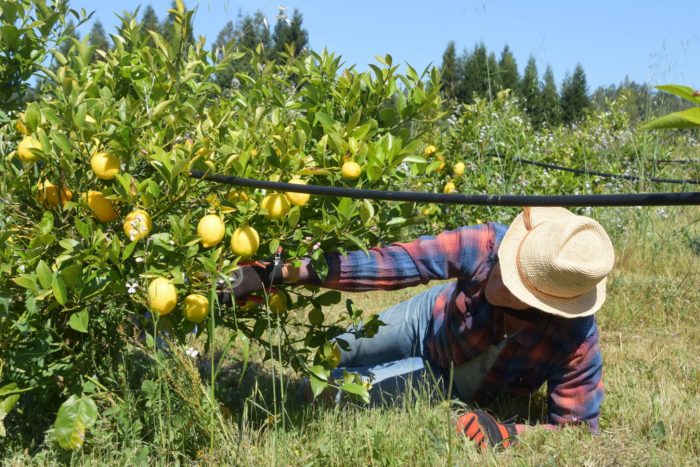
How did you first become aware of gleaning?
The pandemic. I am a chef and in times of crisis in my community, I always head into the kitchen. During the pandemic, that scared me—being in tight quarters inside with a lot of people. Someone suggested I go out on a glean and I did. I could not believe I had never heard of it before. It was so perfect. It was a win, win, win for the gleaner, the farmer, and the eater! We go to beautiful places and get immediate gratification for giving of our labor.
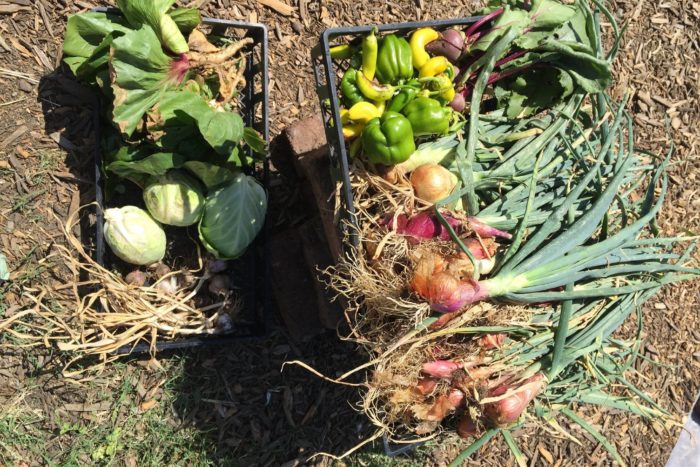
So much of the food you glean looks vibrant and delicious. What makes a farmer pass over certain fruits and vegetables?
There are so many reasons. For some reason, there is not a marketplace for it. It may appear imperfect, but it is still delicious and nutritious. As farmers do not control the whims of nature, they always have to plant more or extra not knowing what will and won’t end up working out. Or the price the farmer gets for it is not worth a second pass of their labor. Or produce is so perishable that the farmer has a short window and cannot sell it all in that time before it goes bad. Further, in Sonoma County, a lot of landscaping is edible. Everyone has an orange or lemon tree. If you have a fruit tree and all of it ripens at once and is more than your family can eat, you may not choose to preserve it, but rather share it with anyone and everyone. Farm to Pantry is the bridge of that excess to families facing food insecurity. We connect with over 85 community organizations helping families in need.
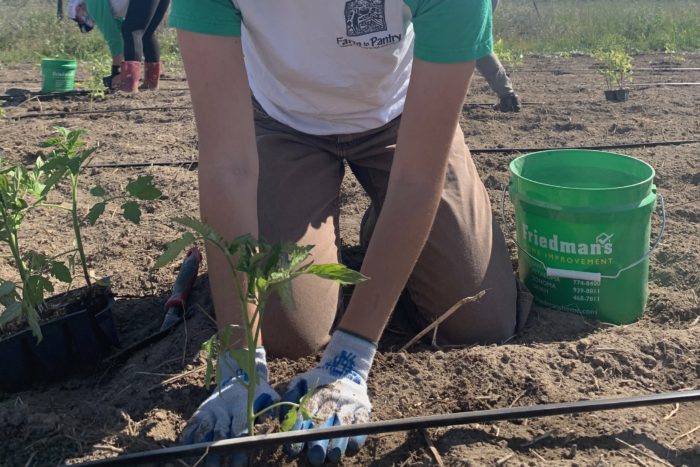
How common is gleaning in the United States? How about other places in the world?
There are gleaning organizations across our country and all over the world, but many are short lived due to unstable funding.
Gleaning has been around for centuries. The Bible instructs farmers to leave portions of their fields, olive groves and vineyards for the poor, while the Koran references charity on the day of harvest and avoiding waste. Jean Francois Millet’s famous painting The Gleaners was painted in 1857 of three women in a wheat field after harvest, glorifying the working class.
If you didn’t glean the food, what would happen to it?
On farms, most of it would be tilled in, while people are hungry. In backyards, most of it would be thrown away or sometimes composted, while people are hungry. Farmers don’t want their food to go to waste. Gleaning strengthens community connections and potentially grows a new and loyal customer base. Feed families, not landfills.
Are there any protocols put in place in response to the pandemic that you can see continuing in the future, post-pandemic?
We are currently still wearing masks and sanitizing every piece of equipment between uses and sending health questionnaires to our volunteers the night before our gleans. I don’t know yet if we will feel comfortable enough to stop doing all that. We want to err on the side of caution and keep people safe.
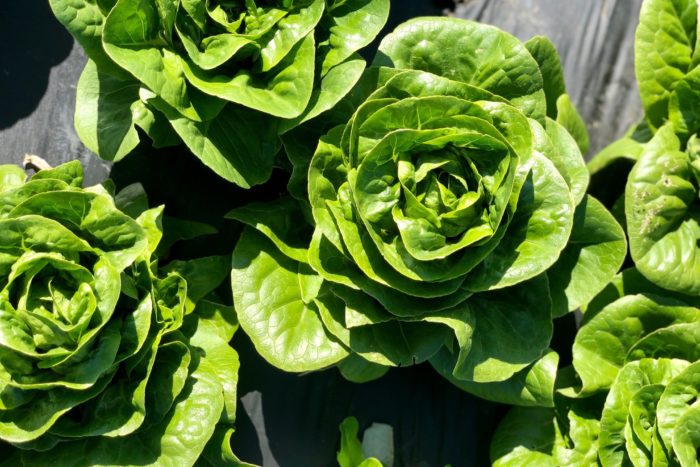
Your website notes that your work is “about ending sexual abuse, bullying and inequity.” Can you talk more about this and how this work links with food distribution?
In 2020, Farm to Pantry committed to its own Diversity, Equity, and Inclusion work for its board and team. We see food justice as racial justice. Our work is not only for access to healthy food, but for an end to the structural inequities that lead to unequal health. Our system is not equitable. Not everyone has access to good food. Cheap, unhealthy food is what is accessible. If you do not feel good, you are not empowered to do amazing things. The rate of food insecurity for Black households is more than double that of white households. 20% Latinx are food insecure versus 1% white. Lack of access to healthy food is more common for BIPOC members of our community and leads to heart disease, cancer, diabetes, and stroke. High rates of diet-related disease correlate with poverty, which disproportionately impacts people of color. Diabetes is 77 % higher in Blacks, 66% higher in Latinx, and 18% higher in Asians than whites. Farm to Pantry assures access to healthy, nutritious, culturally appropriate foods for all people.
*stats from https://foodprint.org/issues/food-justice/
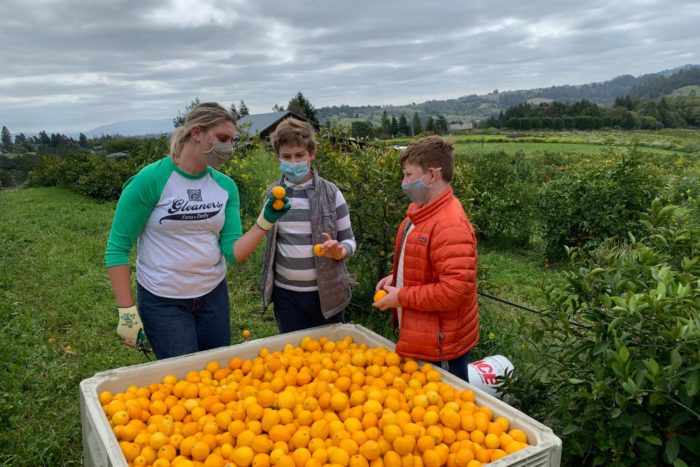
You were a vegetarian for twenty-two years. What led you to start eating meat again?
A boy…and the agreement that all the animals we served in our restaurant would have a great life and one bad day, and then an incredible bite of pork.
What has this work taught you about yourself and humanity?
That the sum of many small acts truly add up to big change.
If you could change three things about our food supply system, what would they be?
1. No animals would be confined.
2. People would have the ability and care to spend more of their money on good food.
3. More equitable land ownership
